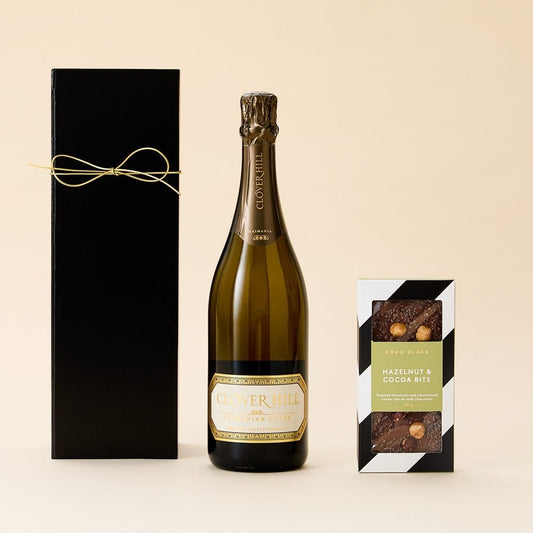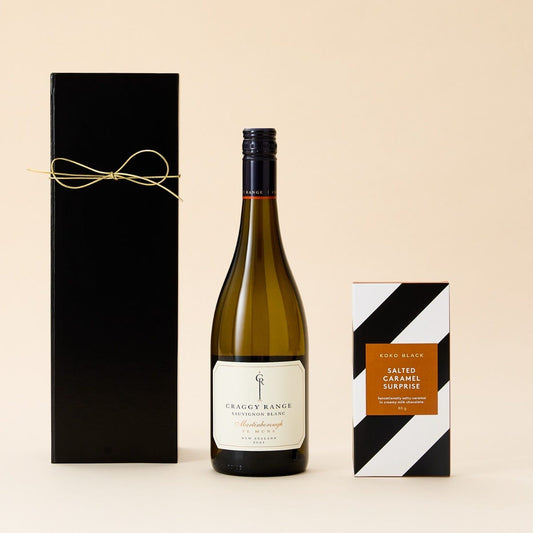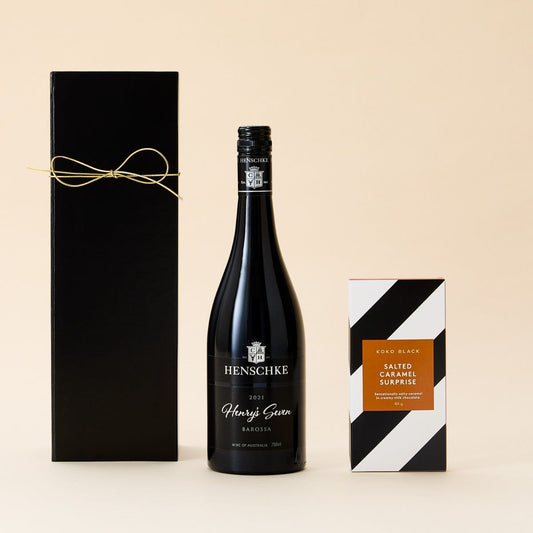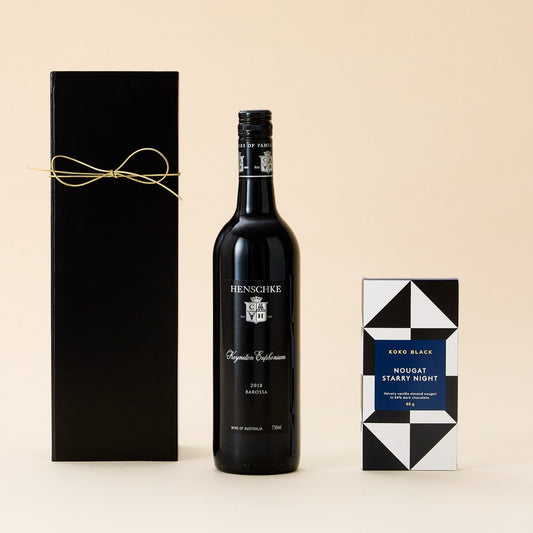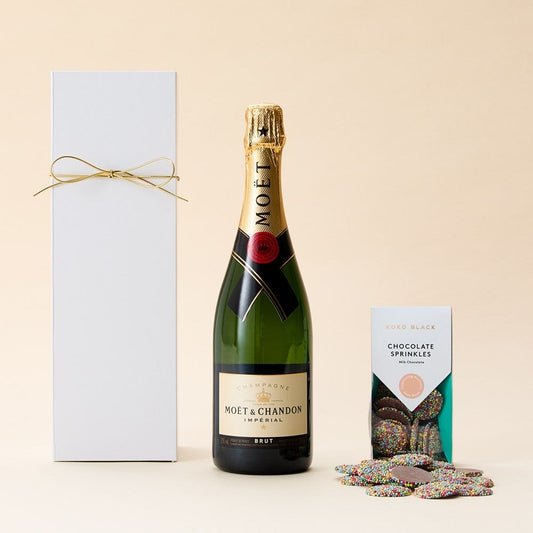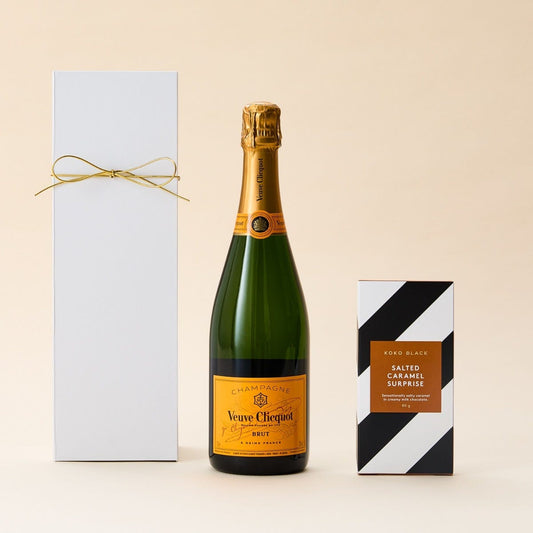“It doesn’t matter how old you are, it’s important to learn new things every day. That’s what is pushing you forward and keeping you challenged and that’s good. My employees and chefs have better ability than me at some things. I don’t know everything. We all don’t know everything.”



Cacao is very much synonymous with quality, handmade chocolates. So, did Cacao originally just start with chocolates? When did the range grow and expand over the years to macarons and patisserie?
It all started with everything; not only chocolate. Although, I originally only intended to do just chocolate; which is what I love. But it seemed like a risky thing to do when I started the business in 2003. If I started with doing just chocolates and it didn’t work then what’s next? I’m a pastry chef, so I can do everything from pastry to cakes and chocolate. I was looking for a location that was big enough to produce pastry, cakes, savouries, chocolates, macarons in bigger quantities so that I could sell to other businesses as well. So that’s why St Kilda came about. It was a 200m square place to start the venture.
I read this quote from you and it says, “skills come with repetition” and it can’t be more true. Could you go into a bit more depth about this for me?
When I started, I was fifteen. In France, I started with the classics and then patisserie. I’m a chef as well. When you start learning in France they don’t give you a recipe, instead they teach you how the ingredients work together, how they combine - the chemical reaction or the biological reaction between the ingredients - so you slowly start understanding how it all works. Once you have 4-5 years of experience in this method, then you can create.
My mum was a really good chef and we had this really great pastry shop in town, and the flavours just imprinted in my memory. Flavours you enjoy as a kid just stay with you for the rest of your life. When you’re a kid, your taste buds are 100% more correct than when you’re older. Your tongue has a lot more sensitivity to food and flavour. The more you age the more you lose your tastebuds. That’s why with kids you put a bit of pepper in the food and they go “stop Dad, you put too much pepper”. Because their feeling is ten times more sensitive than yours. Also, when you are young you go through the seasons; you wait for the seasons to come again and to get that flavour again. That’s imprinted in your mind when you’re a kid. Then, when you get older, they come back to you and you want to create those flavours again. Therefore, I was able to follow back to my young time to create the flavours I missed. If you ask where my inspiration is coming from, it comes from what I did back then. Then obviously it worked with my customers.
Patisserie and macaron making is an art form and is quite traditional. However, your flavour combinations and presentations are continually evolving. It’s very modern and fresh the way that it’s shown despite it being more traditional in practise. What is your secret?
You have to use good ingredients first and foremost. This is the first secret. It’s a simple secret but a lot of people don’t understand that. Top quality ingredients will always give you top quality, finished product if you mix them well. So when we make a chocolate macaron for instance; when you bite into the macaron, it’s the filling which gives you the flavour because the shell is meringue made out of almond meal with cocoa butter. First of all, you get to see the product. If your eyes like what they see, then the next step is to put it in your mouth. If your mouth likes what it tastes, then your hand is going to go back for another one and then you have a winner. We want to give the customer a feeling of quality. It takes a bit of time to get it all perfect. There’s no flavouring, no preservatives; just genuine ingredients.
When you read the name of a product, that’s already half the work done because your mind is expecting a lemon meringue tart, for example. When I was a kid, I loved Bounty chocolate but as an adult I don’t like it anymore. It’s far too sweet. When I created my version of a coconut chocolate, I was thinking about the old Bounty. If you happen to try this product, you will know what I’m thinking. You’re going to feel the different levels of flavour going through your mouth. It’s not too sweet and it’s really nice. The coconut is becoming more prevalent at the end.
The beauty of our industry is that everyone can afford to have a nice quality pastry. It may be top-quality but it’s still accessible for everybody. It’s not like if you go to a jewellery shop in Paris where everything is untouchable and too expensive, and you can only watch. But when you go into a fine chocolate or pastry shop in France or in Australia, you can afford to try.


Anyone can try it and go in. You can have a little bite of luxury at an affordable price compared to a full meal at a restaurant or something like that. It’s a very refreshing way to look at it.
I think so. Normally in a difficult time, we realised that our turnover increases because a lot of people can’t afford other things. They come in for little bites of luxury. Affordable luxury. In difficult times in France, there was an increased amount of sales because of that.
Do creative constraints concern you or do you enjoy the limitations of the patisserie process and recipe building as well as the more structural and visual elements?
It’s good to tease your brain. It’s a good exercise – just like yoga. It’s never been a constraint. Thinking about new products, or a new range for Christmas and Easter, or whatever it may be it’s always a delight. It’s a part of our job as well. It would be boring otherwise. You know when you go to places, where you always see the same things that never change. I don’t know how people can be happy to do that. I couldn’t do that. This being said it’s great to tease your brain. Now we have the luxury where we have a team. It’s not only my brain that gets to be teased but everybody’s brain. It’s everyone’s work. There’s always changes and that’s great – it’s what you want. You get to share with people your knowledge, your thoughts and ideas and think of something new. The more you recognise the quality of people you’re working with, the better the results you get.
What trends are currently present in the culinary world that you wish would go away?
It doesn’t matter whether people are vegetarian or vegan. I respect everything. The one thing I wish would be more popular in Australia is eating cakes. I love cakes. I remember when I was in St Kilda, when a customer would come in and eat my cake. They would take a spoon and dig deep into the cake and have a big smile on their face. I remember these customers, they always made my day. In Australia, it’s very hard to sell cakes. People unfortunately don’t see the value in paying $10-12 for a cake, compared to Spain or France or Italy. I would love to see this change. There are many great Australian pastry chefs who make some amazing cakes but it hasn’t proven sustainable.
What advice do you have for those attempting to make patisserie at home, or are trying to learn something new?
Make sure you get a good cook book. There’re some really good ones out there for people who want to cook at home for their own enjoyment. Pastry, chocolate – it’s all about formula. If you don’t have the formula, it’s not going to work. It’s not like when you put a chicken in the oven. You put it at 180 or 200 degrees, and you know it’s going to cook. You just look at it and you know. Pastry, cakes, chocolate – it’s all about being very precise. You need to have a good cookbook with simple recipes that you will enjoy. Follow the recipe and the technique carefully. So, my advice is: Buy a good cookbook.
Published on 26/07/2019 by Leonie Henzell CEO of beauty's got soul.

